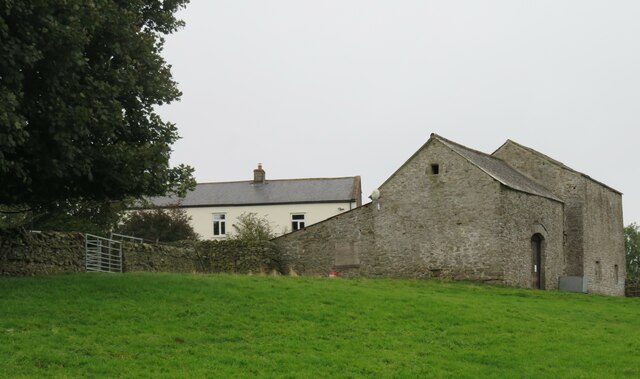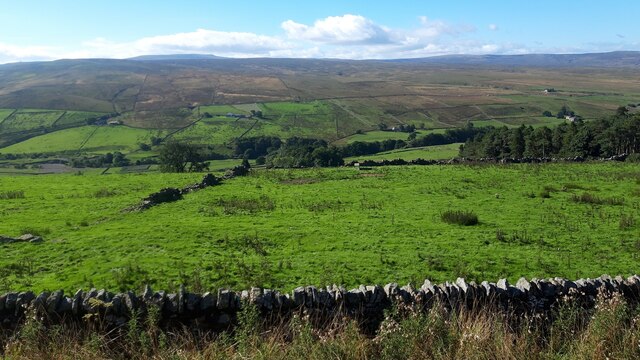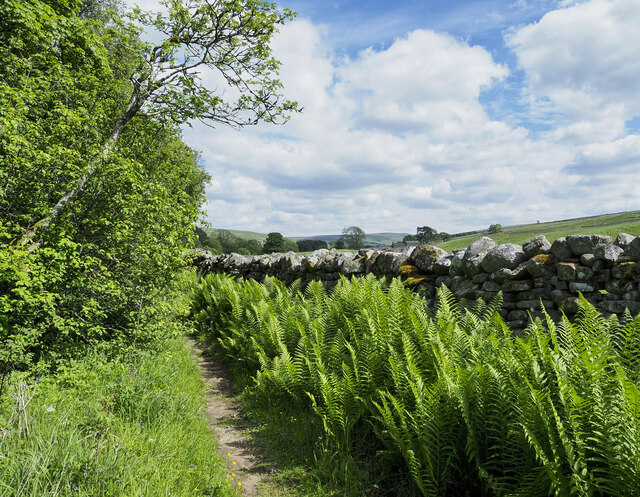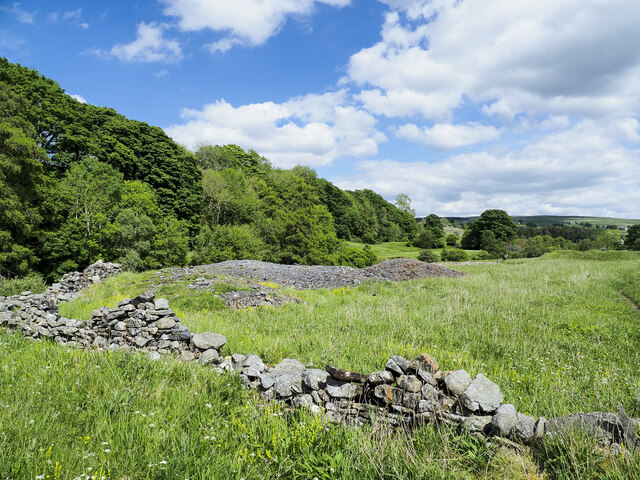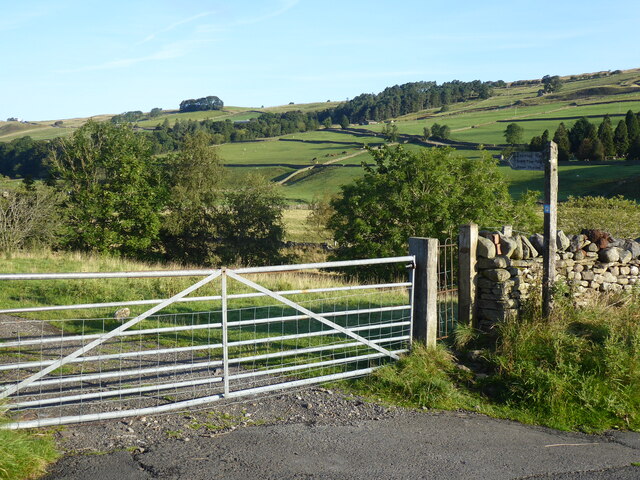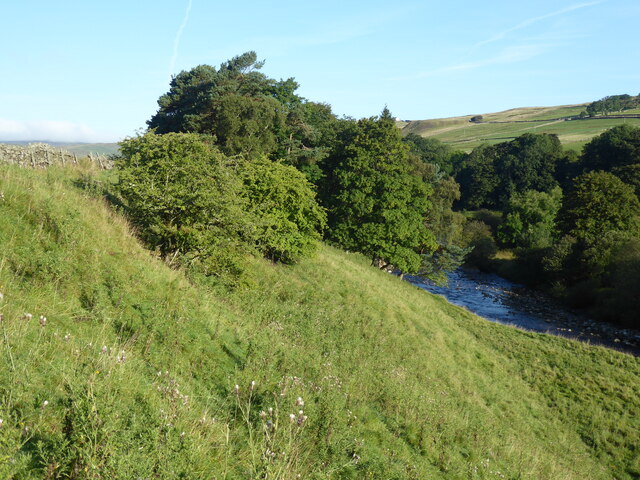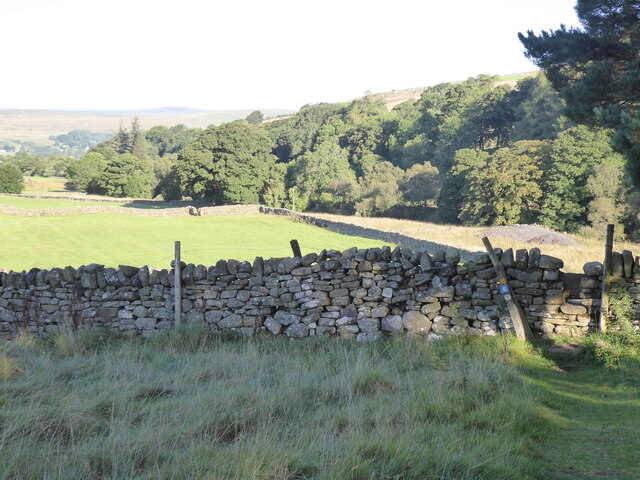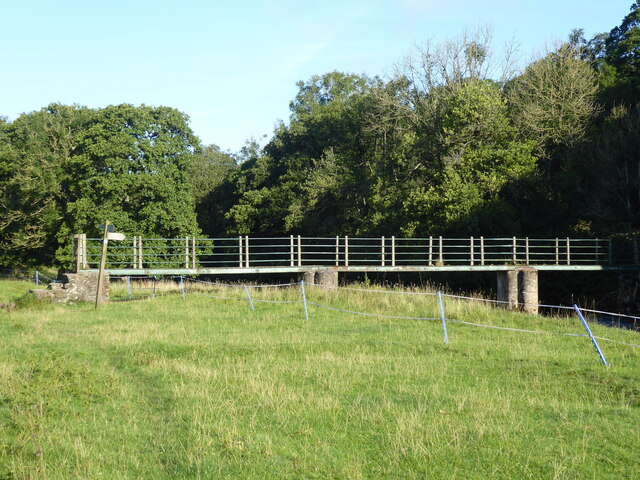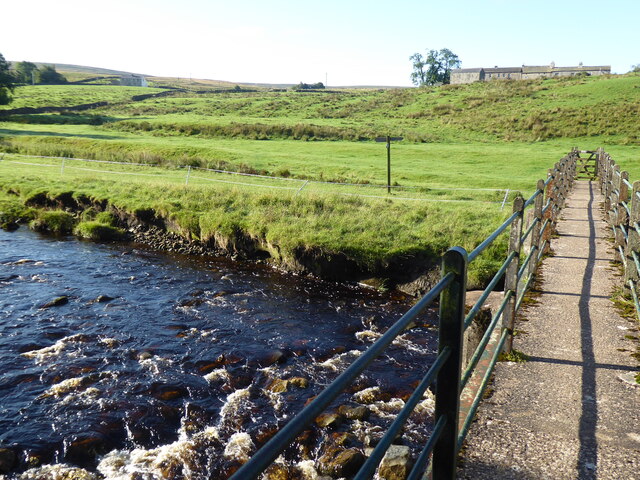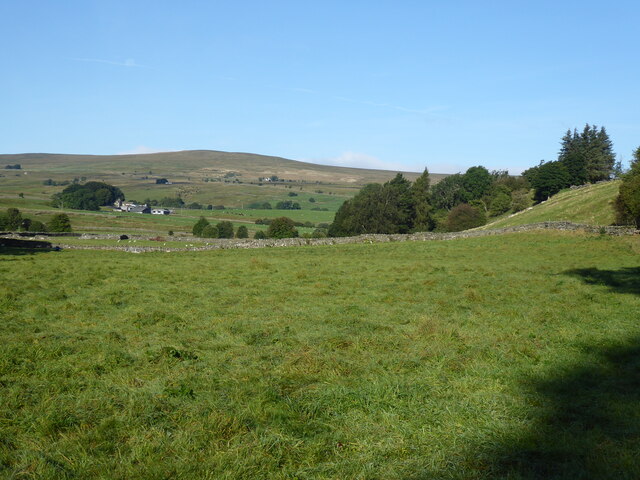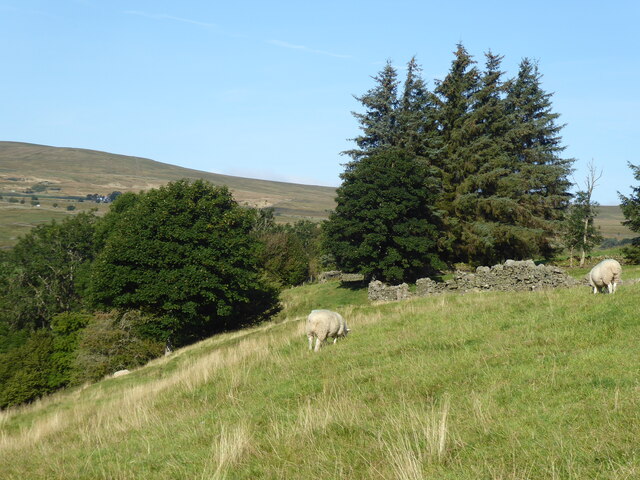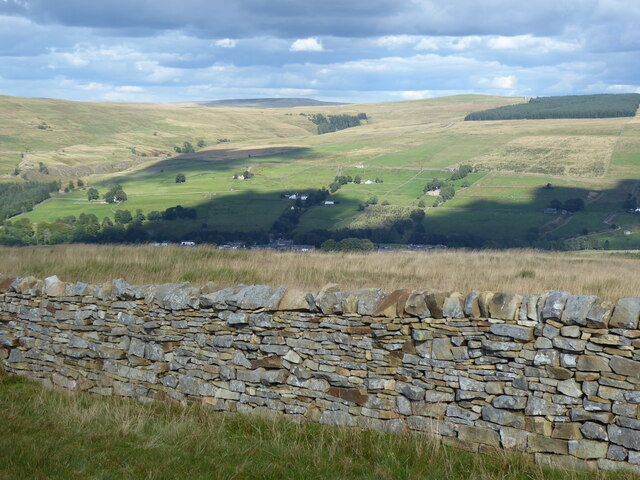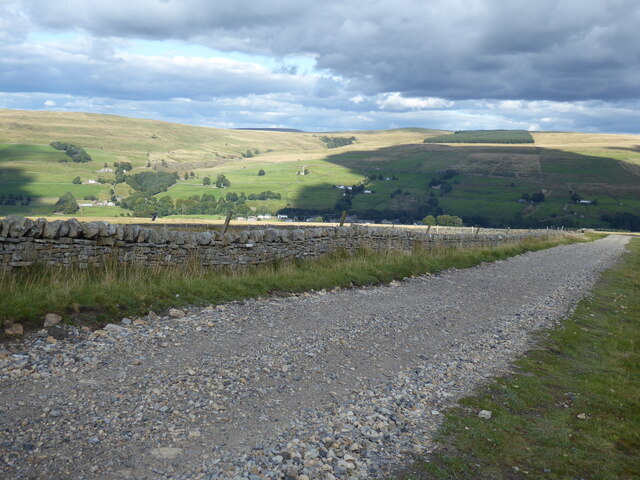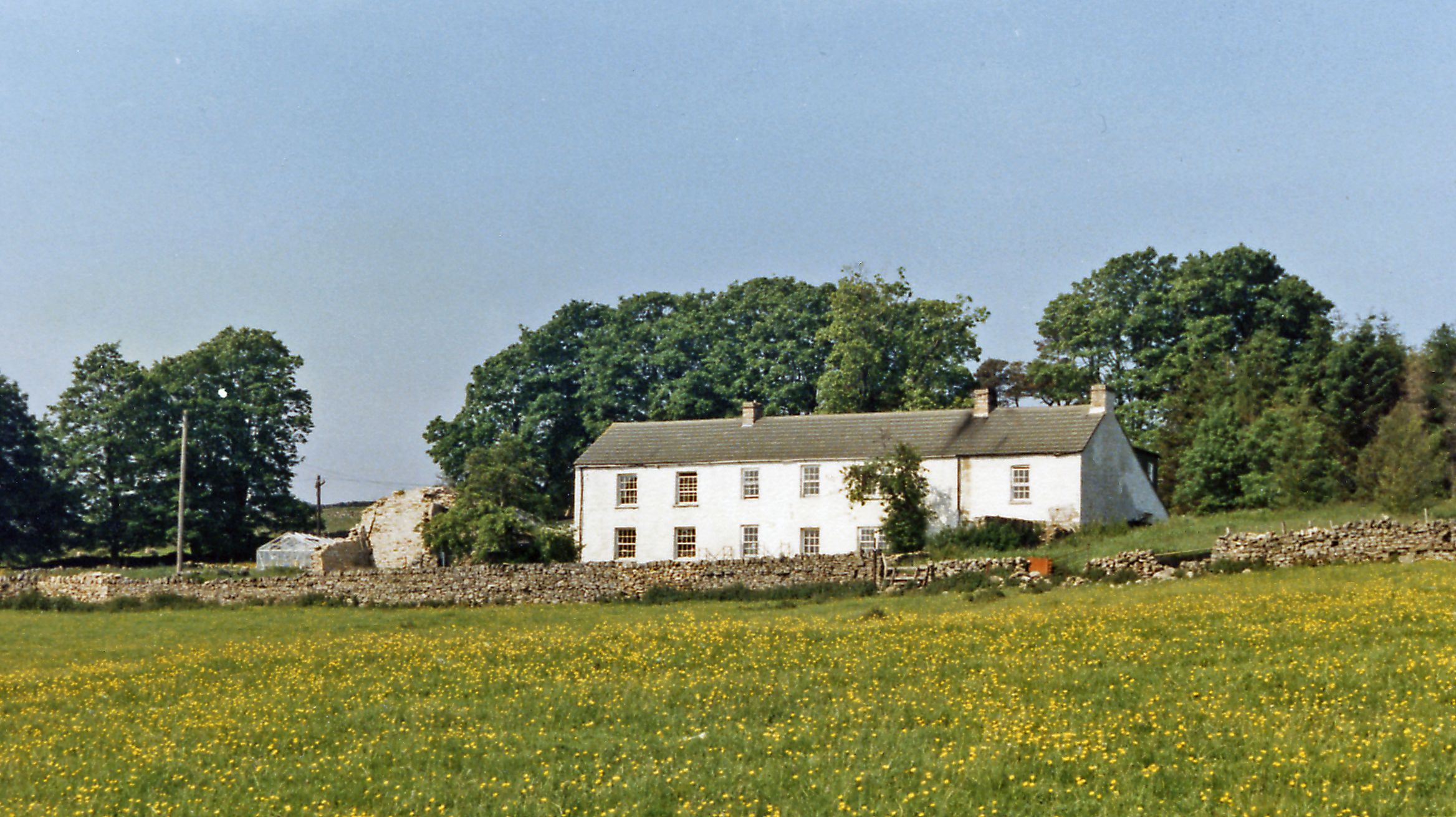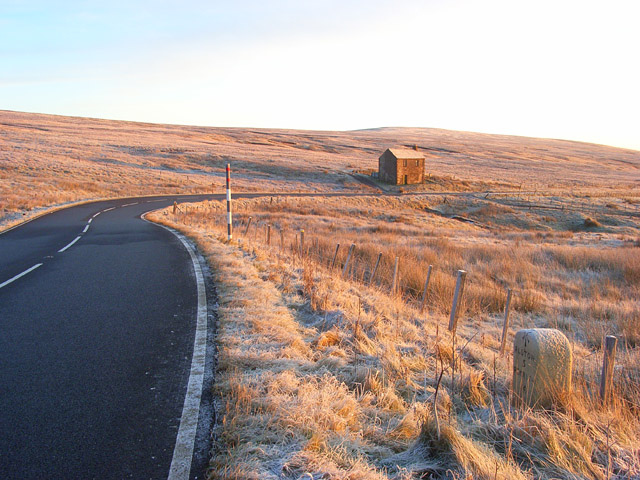Alston Moor
Downs, Moorland in Cumberland Eden
England
Alston Moor
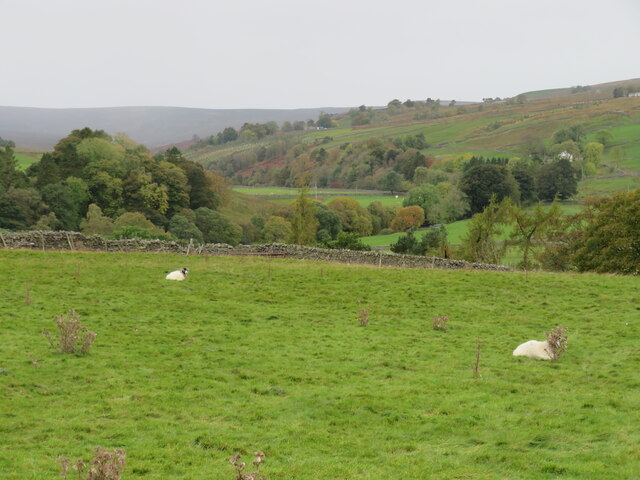
Alston Moor is a picturesque region located in the administrative county of Cumberland, England. Nestled in the northern part of the Pennines, it is a rural area encompassing a mix of downs and moorland landscapes. With a population of around 2,000 people, the region is known for its serene and unspoiled beauty.
The downs of Alston Moor are characterized by gently rolling hills and green pastures, providing ideal grazing land for livestock farming. The pastoral scenery is dotted with quaint villages and scattered farmhouses, offering a sense of tranquility to residents and visitors alike.
In contrast, the moorland areas of Alston Moor present a wilder and more rugged terrain. Here, heather-covered hills, rocky outcrops, and vast stretches of open land dominate the landscape. The moorlands are home to a diverse range of wildlife, including birds of prey, sheep, and grouse, making it a popular destination for nature enthusiasts and birdwatchers.
Alston Moor has a rich history, with evidence of human settlement dating back to Roman times. The region was once a thriving mining community, with lead mining being the primary industry. Today, remnants of this past mining heritage can still be seen in the form of old mine workings and buildings, adding an element of historical charm to the area.
Visitors can explore the region's natural beauty by hiking along numerous trails that crisscross the downs and moorland. Additionally, Alston Moor offers a range of activities such as fishing, cycling, and horse riding, ensuring there is something for everyone to enjoy in this tranquil corner of Cumberland.
If you have any feedback on the listing, please let us know in the comments section below.
Alston Moor Images
Images are sourced within 2km of 54.772232/-2.4290388 or Grid Reference NY7242. Thanks to Geograph Open Source API. All images are credited.
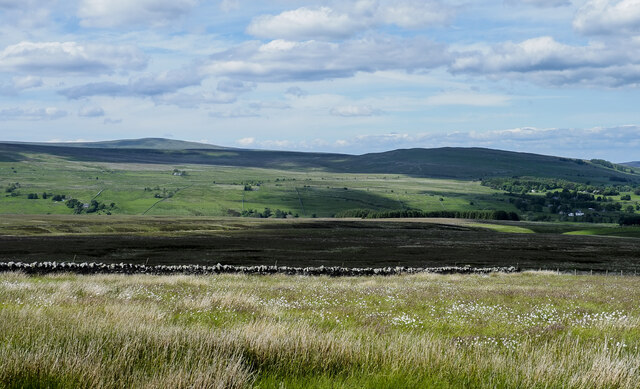
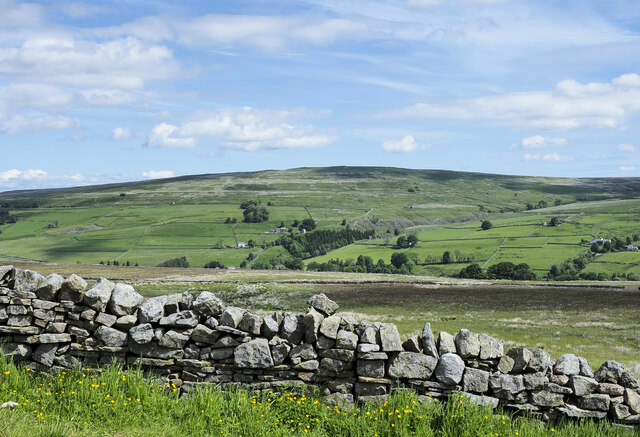
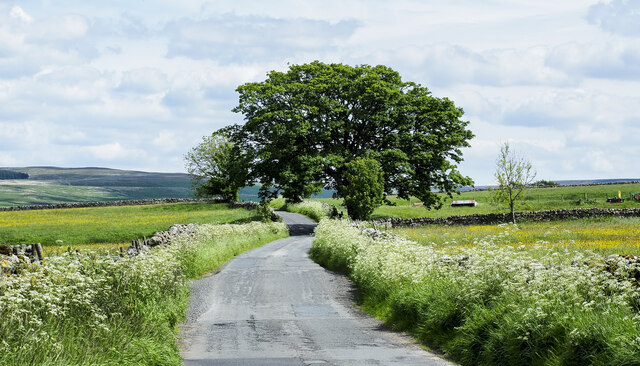
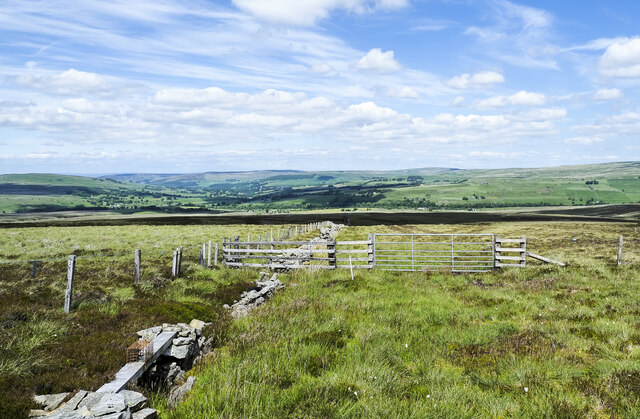
Alston Moor is located at Grid Ref: NY7242 (Lat: 54.772232, Lng: -2.4290388)
Administrative County: Cumbria
District: Eden
Police Authority: Cumbria
What 3 Words
///rejoins.passion.view. Near Alston, Cumbria
Nearby Locations
Related Wikis
Nearby Amenities
Located within 500m of 54.772232,-2.4290388Have you been to Alston Moor?
Leave your review of Alston Moor below (or comments, questions and feedback).
